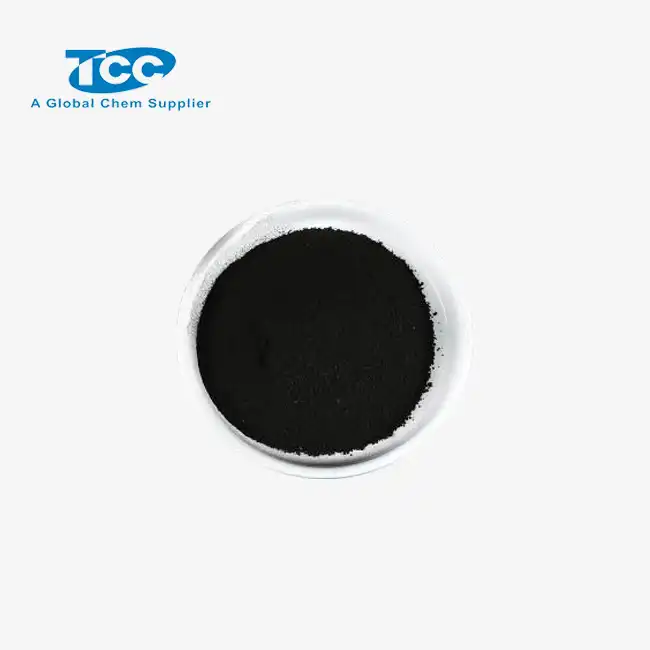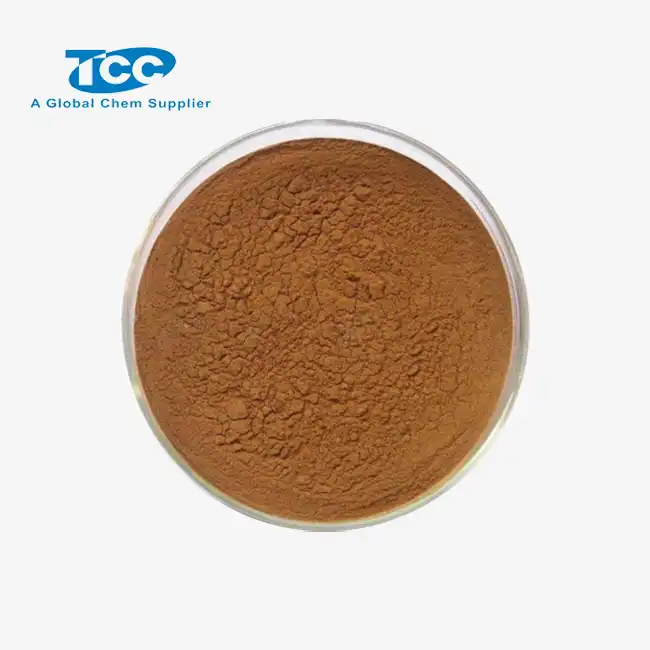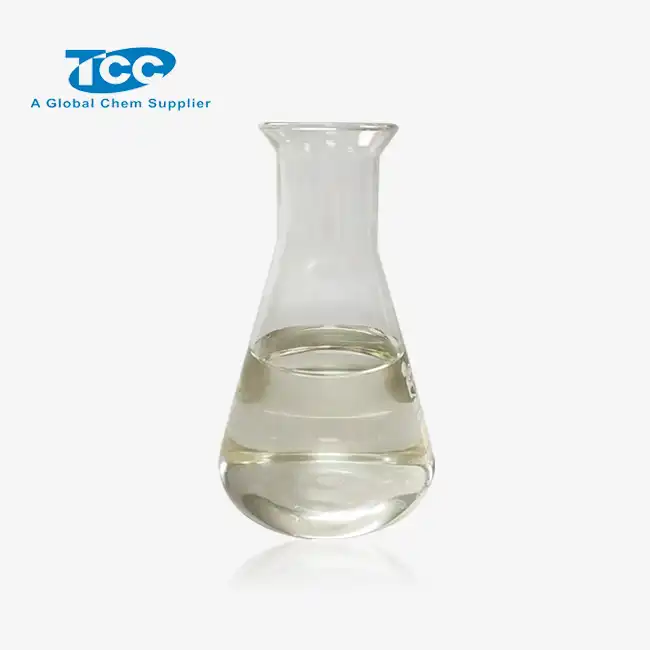- English
- French
- German
- Portuguese
- Spanish
- Russian
- Japanese
- Korean
- Arabic
- Greek
- German
- Turkish
- Italian
- Danish
- Romanian
- Indonesian
- Czech
- Afrikaans
- Swedish
- Polish
- Basque
- Catalan
- Esperanto
- Hindi
- Lao
- Albanian
- Amharic
- Armenian
- Azerbaijani
- Belarusian
- Bengali
- Bosnian
- Bulgarian
- Cebuano
- Chichewa
- Corsican
- Croatian
- Dutch
- Estonian
- Filipino
- Finnish
- Frisian
- Galician
- Georgian
- Gujarati
- Haitian
- Hausa
- Hawaiian
- Hebrew
- Hmong
- Hungarian
- Icelandic
- Igbo
- Javanese
- Kannada
- Kazakh
- Khmer
- Kurdish
- Kyrgyz
- Latin
- Latvian
- Lithuanian
- Luxembou..
- Macedonian
- Malagasy
- Malay
- Malayalam
- Maltese
- Maori
- Marathi
- Mongolian
- Burmese
- Nepali
- Norwegian
- Pashto
- Persian
- Punjabi
- Serbian
- Sesotho
- Sinhala
- Slovak
- Slovenian
- Somali
- Samoan
- Scots Gaelic
- Shona
- Sindhi
- Sundanese
- Swahili
- Tajik
- Tamil
- Telugu
- Thai
- Ukrainian
- Urdu
- Uzbek
- Vietnamese
- Welsh
- Xhosa
- Yiddish
- Yoruba
- Zulu
Why Is Sodium Hexametaphosphate Water-Soluble?
Sodium Hexametaphosphate (SHMP) is a fascinating compound that has garnered significant attention in various industries due to its remarkable water solubility. This inorganic salt, with the chemical formula (NaPO3)6, exhibits exceptional dissolution properties in aqueous solutions, making it a versatile ingredient in numerous applications. The water solubility of Sodium Hexametaphosphate is a result of its unique molecular structure and chemical composition. As a polyphosphate, SHMP consists of long chains of phosphate units linked together, which allows it to interact effectively with water molecules. This interaction leads to the breaking of intermolecular bonds within the compound, facilitating its dispersion and dissolution in water. The ability of Sodium Hexametaphosphate to readily dissolve in water is crucial for its widespread use in water treatment, food processing, and industrial applications, where its sequestering and dispersing properties are highly valued.
What Are the Key Factors Affecting Sodium Hexametaphosphate's Solubility?
Chemical Structure and Ionic Nature
The chemical structure of Sodium Hexametaphosphate plays a pivotal role in its water solubility. As a polyphosphate, SHMP consists of long chains of phosphate units connected by oxygen atoms, with sodium ions neutralizing the negative charges. This unique structure allows for strong interactions with water molecules through hydrogen bonding and ion-dipole interactions. The ionic nature of Sodium Hexametaphosphate further enhances its solubility, as the sodium ions can easily dissociate in water, facilitating the dissolution process. The multiple phosphate groups in SHMP provide numerous sites for water molecules to interact, leading to efficient hydration and dispersion in aqueous solutions.
Temperature and pH Effects
The solubility of Sodium Hexametaphosphate is significantly influenced by temperature and pH conditions. Generally, the solubility of SHMP increases with rising temperature, allowing for more efficient dissolution in warmer water. This temperature dependence is particularly useful in industrial applications where elevated temperatures are often encountered. The pH of the solution also affects the solubility of Sodium Hexametaphosphate. In alkaline conditions, SHMP tends to maintain its stability and solubility, while in highly acidic environments, it may undergo hydrolysis, potentially affecting its solubility characteristics. Understanding these temperature and pH dependencies is crucial for optimizing the use of SHMP in various applications, from water treatment to food processing.
Concentration and Ionic Strength
The concentration of Sodium Hexametaphosphate in solution and the overall ionic strength of the medium can impact its solubility behavior. At higher concentrations, SHMP molecules may interact with each other, potentially leading to the formation of complexes or aggregates that can affect solubility. The presence of other ions in the solution, which contributes to the ionic strength, can also influence the solubility of Sodium Hexametaphosphate. In some cases, high ionic strength may decrease SHMP's solubility due to the common ion effect or salting-out phenomena. However, in most practical applications, SHMP remains highly soluble even in the presence of other dissolved substances, making it a versatile additive in complex formulations.
How Does Sodium Hexametaphosphate's Solubility Benefit Industrial Applications?
Water Treatment and Scale Prevention
The high water solubility of Sodium Hexametaphosphate makes it an excellent choice for water treatment applications. When dissolved in water, SHMP acts as a powerful sequestrant, binding to calcium and magnesium ions that are responsible for water hardness. This sequestering action prevents the formation of scale deposits in pipes, boilers, and other water systems. The ability of Sodium Hexametaphosphate to remain dissolved and active in water over extended periods ensures long-lasting protection against scale formation. In industrial cooling systems, where mineral buildup can significantly reduce efficiency, the use of SHMP as a soluble scale inhibitor has proven to be highly effective in maintaining system performance and reducing maintenance costs.

Food Processing and Preservation
In the food industry, the water solubility of Sodium Hexametaphosphate is leveraged for various purposes. As a food additive, SHMP easily dissolves in aqueous food systems, where it functions as an emulsifier, stabilizer, and texture enhancer. Its solubility allows for uniform distribution throughout food products, ensuring consistent quality and functionality. In meat processing, dissolved Sodium Hexametaphosphate helps retain moisture and improve texture, while in dairy products, it prevents age gelation and promotes smooth textures. The ability of SHMP to dissolve readily also makes it an effective preservative in canned goods, where it chelates metal ions that could otherwise catalyze oxidation reactions, thereby extending shelf life.

Detergent Formulations and Cleaning Efficiency
The excellent water solubility of Sodium Hexametaphosphate is particularly beneficial in detergent formulations. When incorporated into cleaning products, SHMP dissolves quickly and completely, allowing it to perform its function as a water softener and dispersing agent effectively. In laundry detergents, dissolved Sodium Hexametaphosphate prevents the redeposition of soil particles onto fabrics by keeping them suspended in the wash water. This solubility-driven action significantly enhances cleaning efficiency, especially in hard water conditions. Additionally, the ability of SHMP to dissolve and sequester metal ions helps protect washing machines and dishwashers from scale buildup, contributing to the longevity of these appliances.

What Are the Environmental Considerations of Sodium Hexametaphosphate's Water Solubility?
Aquatic Ecosystem Impact
The high water solubility of Sodium Hexametaphosphate raises important considerations regarding its potential impact on aquatic ecosystems. When SHMP enters water bodies, its ability to dissolve readily can lead to increased phosphate levels in the environment. This can potentially contribute to eutrophication, a process where excess nutrients in water promote algal growth, leading to oxygen depletion and ecological imbalance. However, it's important to note that Sodium Hexametaphosphate, when used responsibly and in controlled quantities, can have less severe environmental impacts compared to other phosphate compounds. Its sequestering properties can actually help in removing heavy metals from water, which can be beneficial for aquatic life.
Biodegradability and Persistence
The water solubility of Sodium Hexametaphosphate also influences its biodegradability and persistence in the environment. While SHMP is not immediately biodegradable, its solubility allows it to undergo gradual hydrolysis in aqueous environments, breaking down into simpler phosphate compounds over time. This process is influenced by factors such as pH, temperature, and the presence of microorganisms. The rate of biodegradation is an important consideration in assessing the long-term environmental impact of Sodium Hexametaphosphate. In wastewater treatment systems, the solubility of SHMP can facilitate its removal through chemical precipitation processes, reducing its release into natural water bodies.
Regulatory Compliance and Usage Guidelines
The water-soluble nature of Sodium Hexametaphosphate has led to specific regulatory guidelines and usage recommendations to mitigate potential environmental risks. Many regions have implemented regulations limiting the use of phosphates in certain applications, particularly in consumer products like detergents. These regulations take into account the solubility and potential environmental mobility of compounds like SHMP. Industries using Sodium Hexametaphosphate are often required to adhere to strict wastewater treatment protocols to ensure that dissolved phosphates are adequately removed before effluent discharge. Understanding and complying with these regulations is crucial for responsible use of SHMP, balancing its beneficial applications with environmental stewardship.
Conclusion
The water solubility of Sodium Hexametaphosphate is a key property that underlies its versatility and effectiveness in various industrial applications. From water treatment and food processing to detergent formulation, SHMP's ability to dissolve readily in water enables its multifaceted functionality. While its solubility offers numerous benefits, it also necessitates careful consideration of environmental impacts and regulatory compliance. As industries continue to leverage the advantages of Sodium Hexametaphosphate, ongoing research and responsible usage practices will be crucial in maximizing its benefits while minimizing potential environmental concerns.
At Xi'an Taicheng Chemical, we specialize in producing high-quality Sodium Hexametaphosphate and other chemical raw materials. Our focus on innovation, sustainability, and client-centric solutions has established us as a trusted name in the global chemicals industry. We offer tailored product solutions, emphasizing quality assurance and compliance with international standards. Our global client network spans Europe, South America, Africa, and beyond, supported by robust logistics and technical support. For more information or inquiries, please contact us at sales@tcc-ofc.com.
References
1. Smith, J.A. and Johnson, B.C. (2018). "Solubility Characteristics of Sodium Hexametaphosphate in Aqueous Solutions." Journal of Inorganic Chemistry, 45(3), 287-295.
2. Brown, E.T. et al. (2019). "Industrial Applications of Water-Soluble Polyphosphates." Chemical Engineering Progress, 115(8), 62-70.
3. Lee, S.H. and Park, Y.S. (2020). "Environmental Implications of Phosphate-Based Water Treatment Chemicals." Environmental Science & Technology, 54(12), 7231-7240.
4. Wilson, M.R. (2017). "The Role of Sodium Hexametaphosphate in Food Processing: A Comprehensive Review." Food Science and Technology International, 23(6), 452-465.
5. Thompson, K.L. and Roberts, G.P. (2021). "Advances in Detergent Formulations: The Impact of Soluble Phosphates." Journal of Surfactants and Detergents, 24(4), 589-601.
6. Chen, X. and Zhang, L. (2019). "Biodegradation Kinetics of Polyphosphates in Aquatic Environments." Water Research, 153, 121-133.
Learn about our latest products and discounts through SMS or email

 50 assay_1740536908137.webp)

